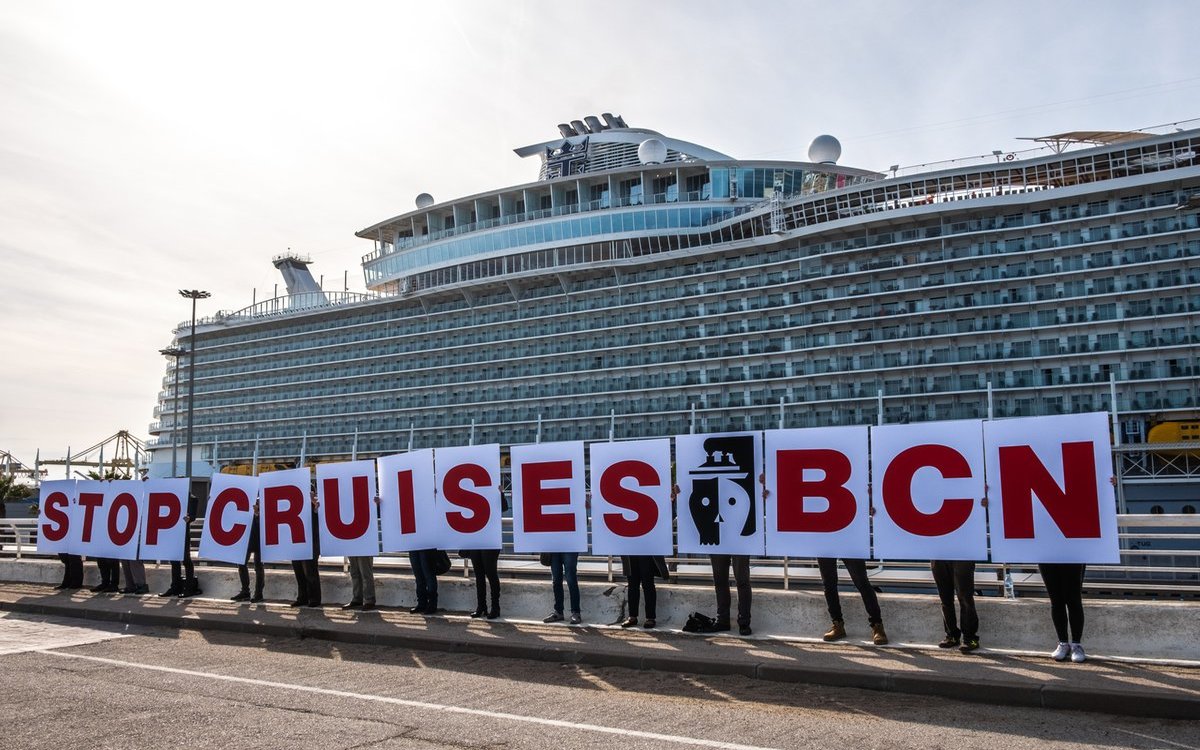Yes, cruise ships use gas. Cruise ships use a variety of propulsion systems, including diesel-electric, gas turbines, and diesel engines. Diesel engines are the most common type of engine used on cruise ships.
How much gas does a cruise ship use

A large cruise ship, on average, uses as much as 250 tons every day, which is more than 80,000 gallons, much more than most people will use in their lifetime. Smaller cruise ships may have a little less fuel usage, at around 150 tons per day, which is still a significant amount.
When it comes to powering massive vessels like cruise ships, you may wonder what type of fuel they use. While the term “gas” can be interpreted in different ways, it’s important to clarify that cruise ships don’t use the same type of gas as cars do. Instead, they primarily rely on two types of fuels: marine diesel oil (MDO) and heavy fuel oil (HFO).
Marine Diesel Oil (MDO)
Marine diesel oil, sometimes referred to as marine gas oil (MGO), is a type of fuel commonly used by cruise ships. It is similar to regular diesel fuel used in cars but has specific properties that make it suitable for marine applications. MDO has a lower sulfur content compared to heavy fuel oil, making it a cleaner burning fuel option.
This type of fuel is used in cruise ships’ engines to generate the power needed to propel the vessel forward. Cruise ships typically have multiple engines, each fueled by MDO, ensuring a reliable and efficient means of propulsion.
The engines convert the chemical energy of the fuel into mechanical energy, powering the ship’s propellers and enabling it to glide smoothly through the water.
Heavy Fuel Oil (HFO)
Heavy fuel oil, or HFO, is another type of fuel commonly used by cruise ships. It is a denser and thicker fuel compared to marine diesel oil, and it contains a higher sulfur content. While HFO is less environmentally friendly than MDO, it is less expensive, making it an attractive option for cruise ship operators.
Some cruise ships use a combination of MDO and HFO, depending on their operational requirements. They may switch to HFO when cruising in open waters, where emissions regulations are less strict, and switch back to MDO when entering coastal areas or during port visits to comply with more stringent environmental regulations.

The Environmental Impact of Cruise Ship Fuels
Cruise ships have faced criticism regarding their environmental impact, especially in terms of air pollution and carbon emissions. While MDO is cleaner burning compared to HFO, both types of fuels contribute to the release of greenhouse gases and other pollutants.
In recent years, cruise ship operators have made efforts to mitigate their environmental impact. Many have adopted cleaner technologies and more efficient engines to reduce emissions. Additionally, some cruise lines have invested in the use of liquefied natural gas (LNG) as a cleaner alternative to traditional fuels.
The Future of Cruise Ship Fuels
As the world shifts towards a more sustainable future, the cruise industry is exploring alternative fuel options to reduce its carbon footprint. One promising option is the use of LNG, which emits significantly lower levels of pollutants and has the potential to reduce greenhouse gas emissions. Some cruise ships have already been built or retrofitted to run on LNG, leading the way for a greener and more environmentally friendly cruise industry.
Furthermore, ongoing research and development are focused on alternative power sources such as hydrogen fuel cells and batteries. These technologies show promise for reducing emissions and delivering a more sustainable cruising experience in the future.
Frequently Asked Questions
Do Cruise Ships Use Gas?
Cruise ships primarily use heavy fuel oil, also known as bunker fuel, as their main source of energy. This fuel is similar to diesel but has a higher sulfur content.
How Do Cruise Ships Generate Electricity?
Cruise ships generate electricity through onboard generators, typically fueled by the heavy fuel oil used for propulsion. This electricity powers everything onboard, including lights, air conditioning, and other amenities.
Are Cruise Ship Engines Environmentally Friendly?
Cruise ship engines have faced criticism for their impact on the environment due to the emissions from burning heavy fuel oil. However, newer ships are adopting cleaner technologies and alternative fuels to reduce their environmental footprint.
Do Cruise Ships Have Emission Controls?
Cruise ships are equipped with various emission control systems to comply with environmental regulations. These systems remove harmful pollutants from the exhaust gases, helping to reduce air pollution.
Conclusion
In conclusion, cruise ships primarily use marine diesel oil (MDO) and heavy fuel oil (HFO) as their main sources of fuel. While MDO is cleaner burning, HFO is a cheaper option. However, the industry is actively working towards reducing its environmental impact by adopting cleaner technologies and exploring alternative fuels such as LNG, hydrogen fuel cells, and batteries. With continued efforts, the cruise industry is striving to become more sustainable and minimize its carbon footprint.
